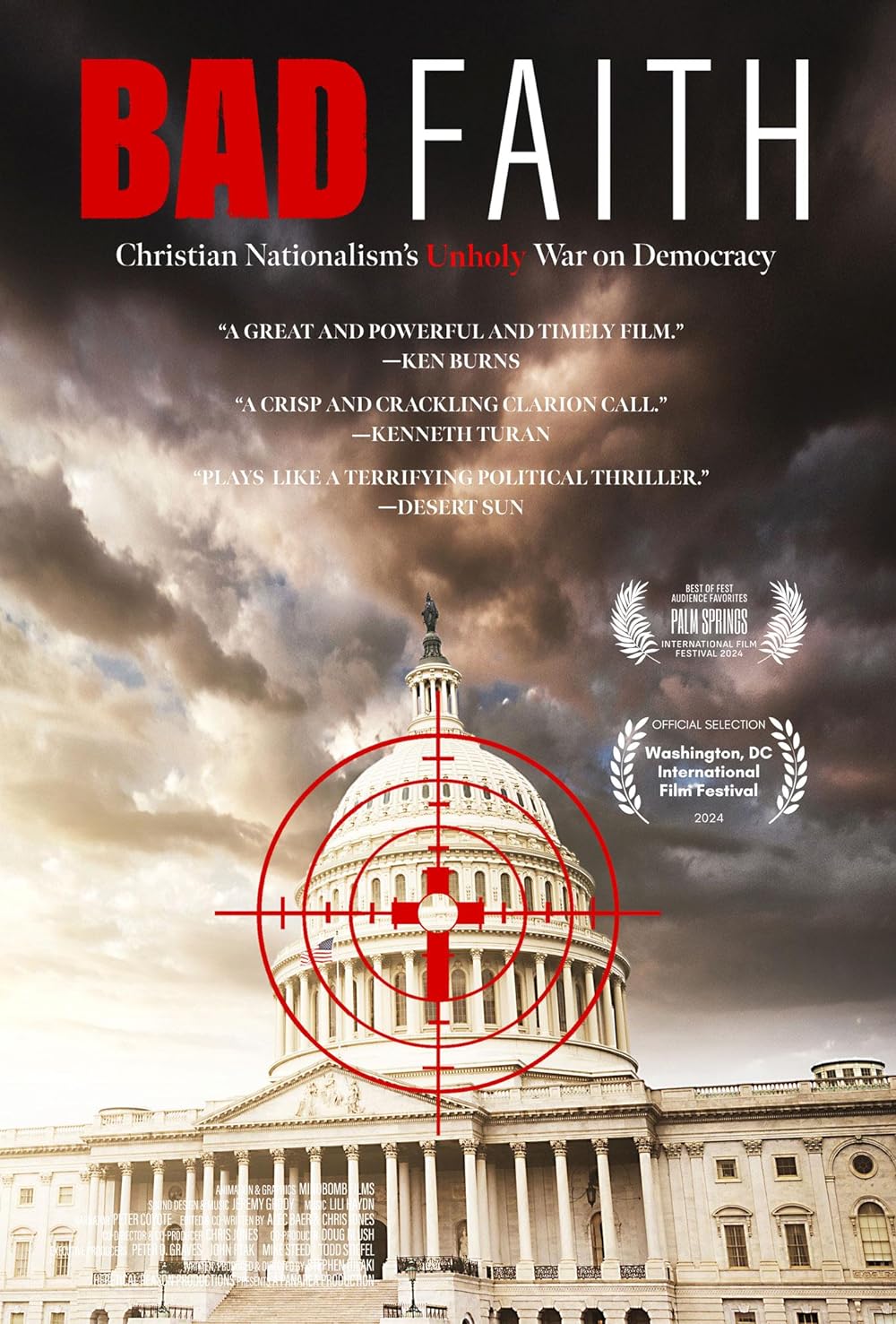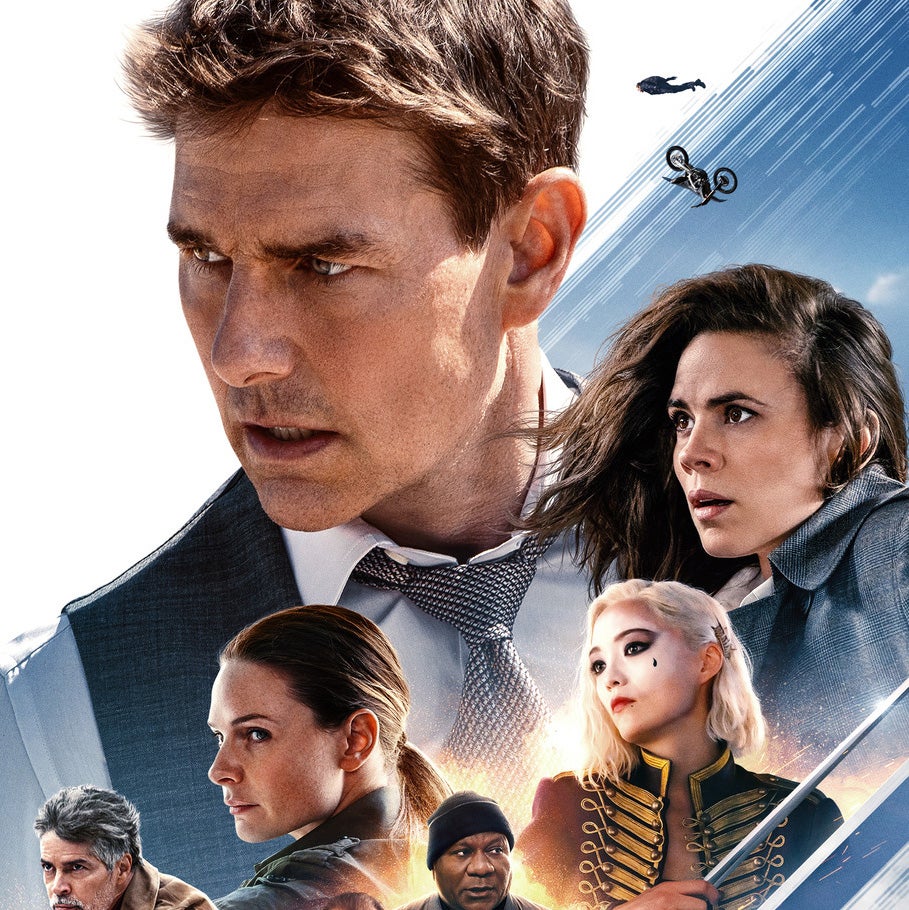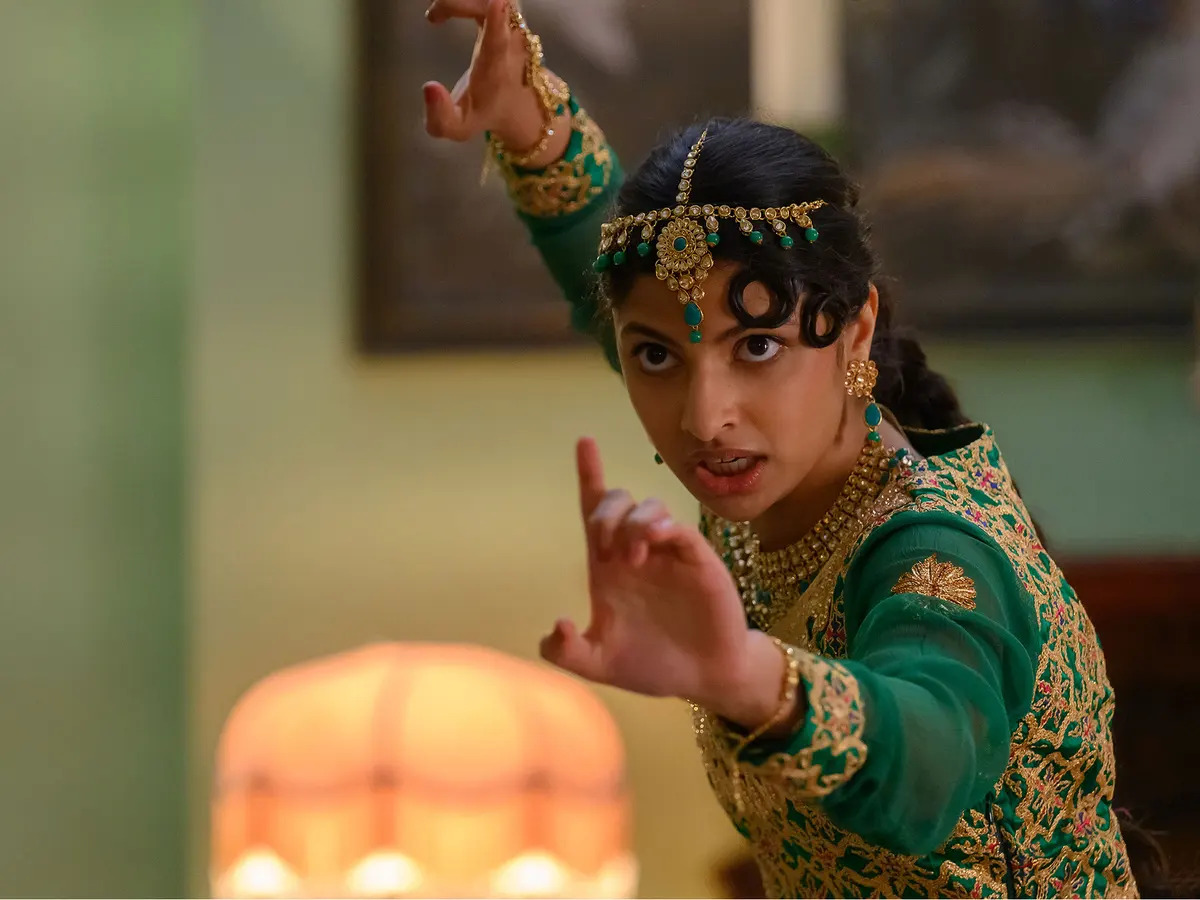Big Fish
Posted on November 13, 2003 at 6:23 pm
A+| Lowest Recommended Age: | 4th - 6th Grades |
| Profanity: | Mild language |
| Nudity/ Sex: | Brief nudity |
| Alcohol/ Drugs: | Drinking |
| Violence/ Scariness: | Fantasy peril |
| Diversity Issues: | Strong African-American and female characters |
| Date Released to Theaters: | 2003 |
“Big Fish” is the enchanting story of a father and son, but it is really the story of stories themselves. It’s about all kinds of stories, from the first stories whispered by a father to a sleepy child to the stories a son tells his father to comfort him as he nears death. Facts are fine, but some truths can only be told by fiction, and this movie tells a captivating tale that is a delight for the eye, the heart, and the spirit.
Will (Billy Crudup) believes that his father Edward (Albert Finney) has used his gorgeously embellished tales to hide his true self. Edward loves to tell stories about grand adventures, always with himself as the hero. After he occupies the center of attention at Will’s wedding with one of his favorite stories about — what else — the day he tried to capture a legendary big fish, Will cannot even speak to him, maintaining contact only through his mother. Will and his new wife move far away, and Will gets a job writing stories that are all facts when he becomes a journalist. Then he learns that his father is dying, and Will comes home to try one more time to know what is true, to feel that he really knows his father.
But most of the movie is not about this (relatively) “true” story of a hoped-for deathbed reconciliation. Director Tim Burton, like Edward, believes that it is the fantastic that deserves our attention more than the mundane. So most of what we see are the stories Edward loves to tell.
The young Edward (Ewan McGregor), like the hero of a fairy tale, leaves home in search of adventure and finds a giant, a witch, a werewolf, a town where no one wears shoes, a highly unusual singing sister act, and the love of his life (Alison Lohman as the young Sandra, Jessica Lange as the older version), who happens to be engaged to someone else. There is a breathtaking moment when Edward first sees her at the circus and the world stops. He walks toward her, gently brushing away popcorn — or maybe it is the stars — suspended in the air between them.
The ravishing images are marvels, but it is the heart of the stories that will capture you, especially when it (literally) all comes together at the end in a moving conclusion filled with connection, understanding, and forgiveness.
Parents should know that the movie has brief nudity, mild language, and fantasy peril.
Families who see this movie should talk about some of their favorite stories — factual and fictional.
Families who enjoy this movie will also enjoy some of director Tim Burton’s other inimitably imaginative films, including Edward Scissorhands, Beetlejuice, The Nightmare Before Christmas, and Pee-Wee’s Big Adventure. The movie is also reminiscient of another story about stories, The Wonderful World of the Brother Grimm.






